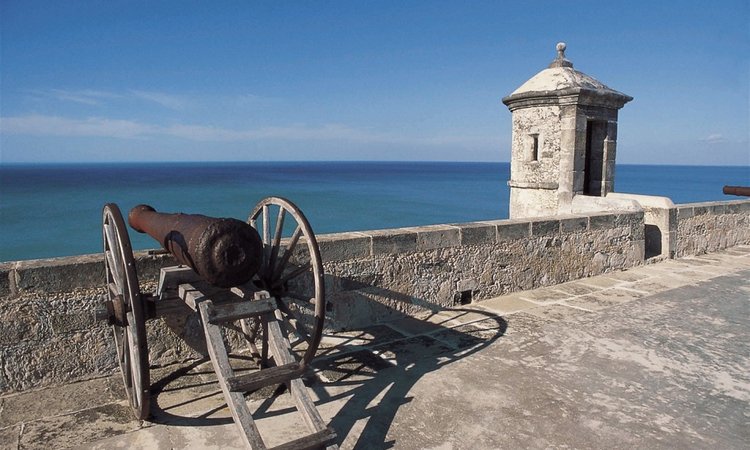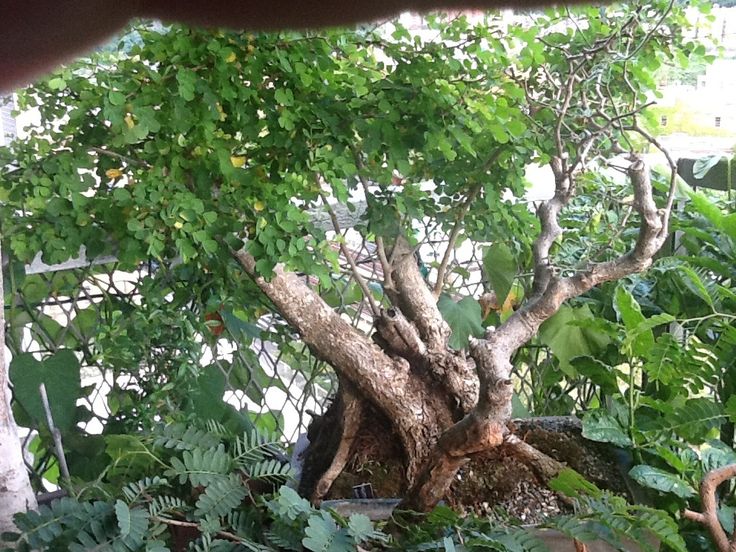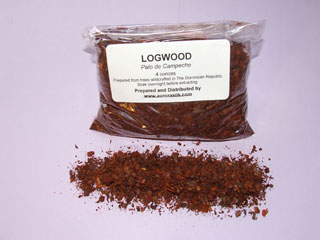In 1540, when Spanish troops captured the Mayan port of Kin Pech on the Gulf of Mexico, they found an unexpected treasure: a small, scrawny tree that grew all over the nearby forests — and from which a gorgeous, red-orange dye could be made.
That was a big deal back in Europe, where only the rich could foot the hefty bills for purple capes, red waistcoats and other bright clothes dyed with the juices of rare bugs, exotic plants and the like. Commoners could only afford clothes dyed with cheap, drab materials. Like soot.
Soon, galleon loads of the Kin Pech trees began showing up in Spain, and news that a cheap source of colorful dye had been found blasted across the European continent like a cannonball. The sooty set could now dress like the silky set.
All this from a little tree simply called logwood.
Haematoxylum campechianum (logwood or bloodwood tree) is a species of flowering tree in the legume family, Fabaceae, that is native to southern Mexico and northern Central America.
As metioned above, this tree was of great economic importance from the 17th century to the 19th century, when it was commonly logged and exported to Europe for use in dyeing fabrics.
The modern nation of Belize developed from 17th and 18th-century logging camps established by the English. The tree’s scientific name means “bloodwood” (haima being Greek for blood and xylon for wood).
Logwood uses
Logwood was used for a long time as a natural source of dye. It remains an important source of haematoxylin, which is used in histology for staining. The bark and leaves are also used in various medical applications. In its time, logwood was considered a versatile dye, and was widely used on textiles and also for paper.
What colours does Logwood extract produce?
Logwood extract produces violets and purples. Over dye with persian berry (or fustic) and iron for blacks and see also blacks with logwood extract.
How do I use Logwood extract?
Wash and mordant the wool (follow Scouring the wool and Mordanting with alum for details).
Make a paste with 1 teaspoon (5 grams) logwood extract and a small amount of warm water. Fill a saucepan with water and add the logwood extract paste.
Add the pre-wetted mordanted fibre. Bring the dye bath to a gentle simmer and then keep at that temperature for 45 to 60 minutes, stirring gently from time to time. Leave overnight to cool.
Back in Campeche, (as the Spanish renamed the city), fortunes were made by everyone from the logwood forests’ new owners to the slave brokers who imported laborers to cut the trees. And the town showed it.
Campeche’s streets, it’s said, “were lined with fabulous mansions and churches full of gold and silver and the finest Chinese porcelain.”
The only problem was, all this was a red flag to the pirate fleets prowling the Gulf waters from their hangout a few hundred miles down the coast at Ciudad del Carmen.
Over the next century, they raided Campeche so often that it became one of the most frequently sacked spots in the New World.
Sources:






